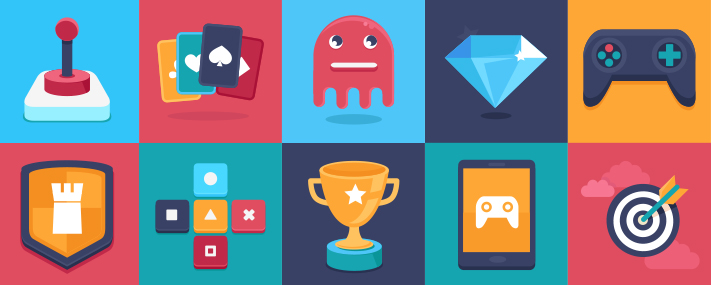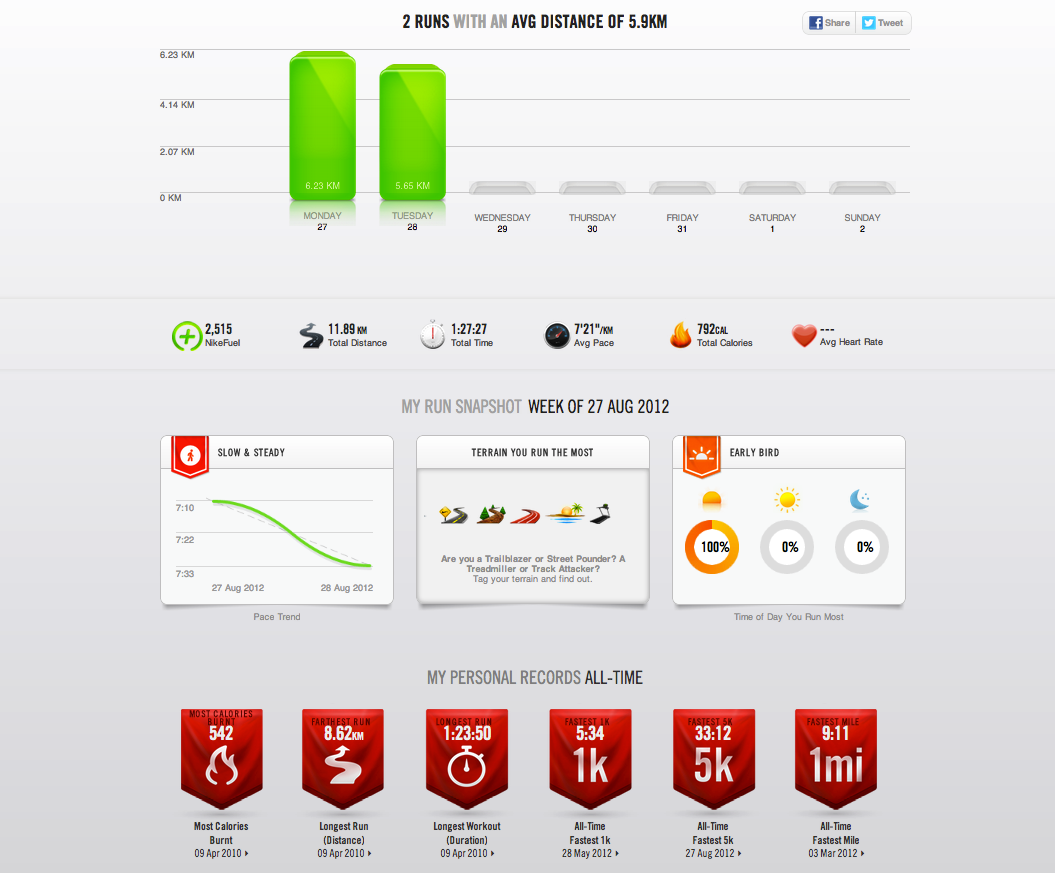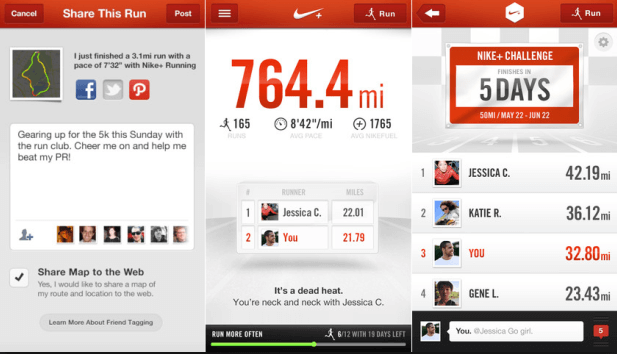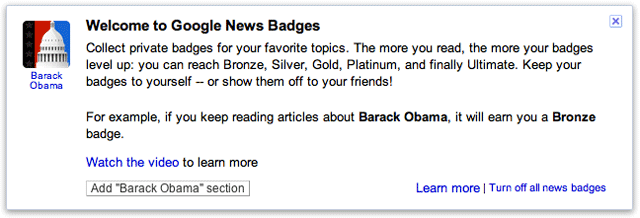What is gamification? There are numerous definitions all over the Internet, but basically, gamification is the use of game design and game elements in non-game environments.
This definition includes several words that deserve a bit more attention. The first one is GAME. Everyone knows what a game is and everyone has played at least one but not many people are able to define it. Games are fun, engaging, social…right?
GAME
Let’s have a look at what other clever people say about games:
- “A game is a series of meaningful choices” – Sid Meier
- “A game is a domain of contrived contingency that generates interpretable outcomes.” – Thomas Mallaby
- “A game is a problem-solving activity, approached with a playful attitude.” – Jesse Schell
Now, that sounds like a lot of different opinions. To water it down, every game has:
- a set of rules that lay down some boundaries to the gaming experience
- clear goal that is meaningful for the players
- lusory attitude – e.g. voluntary overcoming of unnecessary obstacles
Although every game has rules, it also gives players enough freedom to achieve the game’s goal in their own unique way. This makes them feel like their choices in the game are meaningful and that they are in control of the experience.
If you look at Jesse Schell’s definition, you can see the problem-solving aspect of games. However, not every game has to include complicated puzzles to be fun. There are different kinds of games that bring a different kind of fun experience, e.g. easy fun (blowing out steam), hard fun (challenging), people fun (interact with others), serious fun(meaningful).
The key is to understand your player and design the game in such a way that it works for them. Not you.

GAME ELEMENTS
The second term is GAME ELEMENTS. These are the little bricks that help you to build your gaming experience. These can be:
- Points
- Badges
- Levels
- Avatars
- Quests
- Progress Bars
- Social graph
- Leader board
…and many more. Game elements are great for making a business system more game-like and can also get across your brand identity in a very subtle way (design of badges). Nevertheless, using these elements doesn’t make your gamified system a success! So, if you think that you will throw some points and badges at your players and they will automatically engage with your brand, think again! The game is NOT about the elements only. It’s about understanding your players and their motivations and creating a game experience, a narrative, that uses game elements in a balanced and meaningful manner.
Games are about experience and narrative.
NON-GAME ENVIRONMENTS
The third word is NON-GAME ENVIRONMENTS. Simply said, it’s an environment that’s not actually a game. There are three basic categories of non-game environments:
1. External (for example, consumer engagement)
2. Internal (for example, HR activities)
3. Behaviour change (for example, lose weight, be more eco-friendly)
So, now that we have all the basics down, we can focus on gamification itself and what it can do for your business. Based on everything that was said above, it is quite obvious that gamification might help you to increase players’ engagement with your brand, shape behaviours, or collect a large amount of data about your stakeholders’ behaviours.
To explain how it works in reality, let’s look at Nike+
First, the goal or motivation for people to engage with this system is not to buy more Nike products but something that is important for them: getting healthy, losing weight, training for a half marathon.

Secondly, the system is built on a strong feedback scheme. You get all the data:
- on what you did
- what is your progress (you are getting faster/run longer or further)
- what are the goals you have set for yourself (run a half-marathon in 5 weeks)
The system is also quite social as you can share your progress with friends, team up with them, or compete against them.

The game elements that you can spot throughout the systems are mostly badges and points. However, these are just little things that compliment the whole gamified picture. The main focus remains on people’s motivations and giving instant feedback that makes them feel like they are making progress and keeps them engaging with the system.
Nevertheless, what works for Nike+ may not work for you. Whatever you want to gamify, you have to stop thinking like a business and start thinking like a game designer. Not like a player, a game designer. Why? If you want your gamified system to be at least a bit successful it cannot be developed around you, or your brand, but around your players.
Before you start you need to be aware of:
Motivation
- do you derive value from encouraging behaviour?
- what may be the players’ motivations – teamwork, creativity, unique skills, mastery etc.
Meaningful Choices
- does your game offer interesting and meaningful activities?
The Google News badges are probably one of the best examples of meaningless choices and useless gamification system. You get badges for reading news and if you read a lot of news about sport, you get a sport badge! I doubt that people start reading sports news just because of one meaningless badge.
Google News using badges:
Structure
- can desired behaviours be modelled through algorithms? (typically a digital system)
Potential Conflicts
-> can the game avoid tension with other motivational structures?
Surprise, surprise, gamification can be demotivating if used in the wrong context. For example, if you offer people money as a reward for suggesting a particular product to their friends they will be less likely to do so even if they thought the product was really good. Reason for that is simple, it is no longer about the product but about the money.
If you have ticked all the boxes, you can start designing your gamified system. All you need to remember are those 6 Ds:
1. Define business objectives
2. Delineate target behaviours
3. Describe your players
4. Devise activity loops
5. Don’t forget the fun!
6. Deploy the appropriate tools
Pretty simple, right? At least in theory. This is just a very, very basic introduction to what gamification actually is. There are many things that can help you to design a perfect gamified system such as motivation and behavioural theories. Hopefully, I have intrigued you enough to set off your own quest to become the gamification expert!
Petra
Petra has 8+ years in digital marketing, working for companies like Square Enix, lastminute.com, Pinkberry, Blackberry, BRITA, and Fujitsu. Her expertise is mainly in paid media (social, display, Adwords), social media strategy and implementation, for which she has won a few awards as well.


